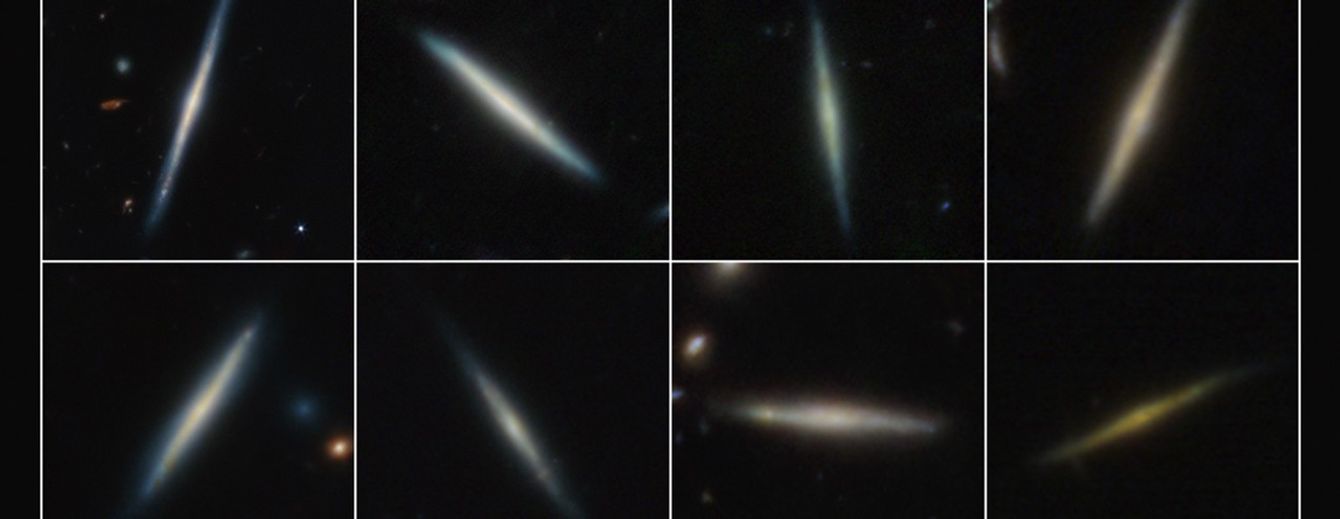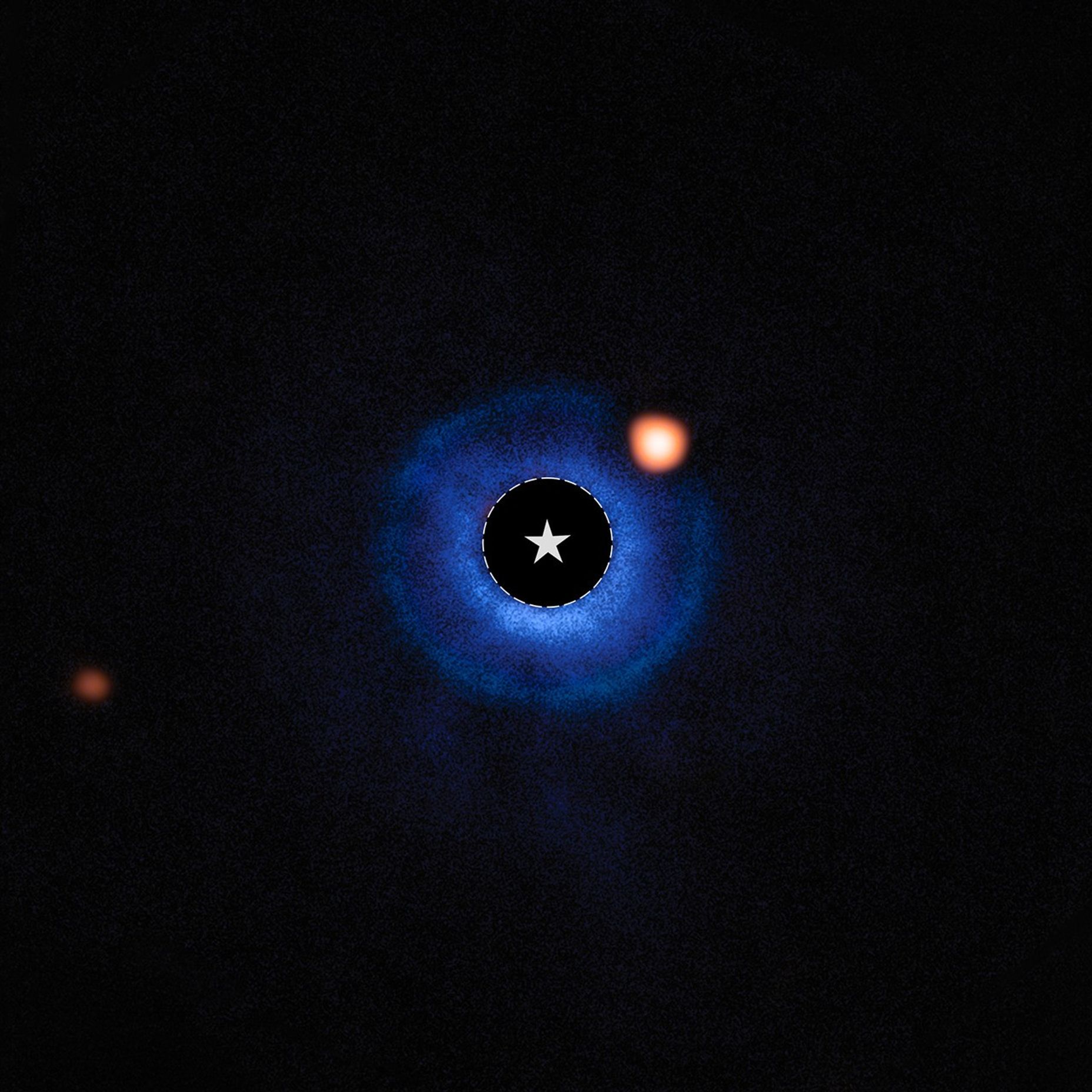When two stars orbit one another in such a way that one blocks the other's light each time it swings around, that's an eclipsing binary. A new paper from NASA's Eclipsing Binary Patrol citizen science project presents more than 10,000 of these rare pairs - 10,001 to be precise. These objects will help future researchers study the physics and formation of stars and search for new exoplanets.
"Together, humans and computers excel at investigating hundreds of thousands of eclipsing binaries," said Dr. Veselin Kostov, research scientist at NASA Goddard Space Flight Center and the SETI Institute and lead author of the paper. "I can't wait to search them for exoplanets!"
To make their catalog, the team examined data from NASA's Transiting Exoplanet Survey Satellite (TESS), which surveyed nearly the entire sky looking for objects with varying brightness. They used a two-tiered approach, combining the scalability of artificial intelligence with the nuanced judgment of human expertise. First, advanced machine learning methods efficiently sifted through hundreds of millions of targets observed by TESS, identifying hundreds of thousands of promising candidates. Then, humans scrutinized the most interesting systems.
Of the 10,001 objects they listed in their paper, 7,936 are new eclipsing binaries they discovered. The rest were already known, but the team made new measurements of the timing of their eclipses.
You can join the Eclipsing Binary Patrol team too! Just go to the project's website.










